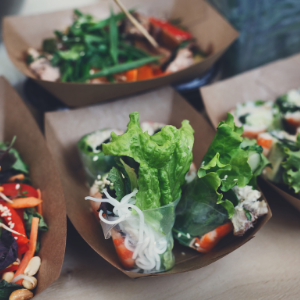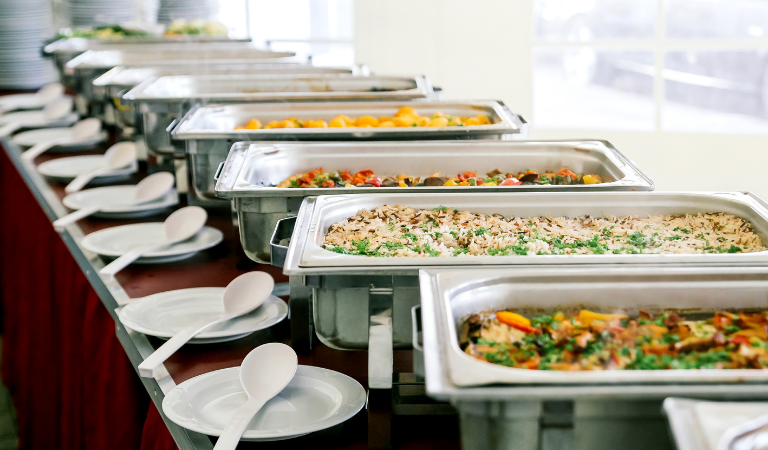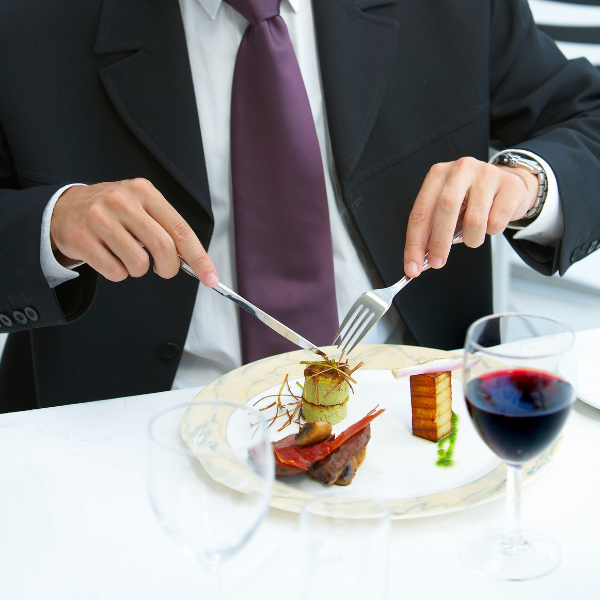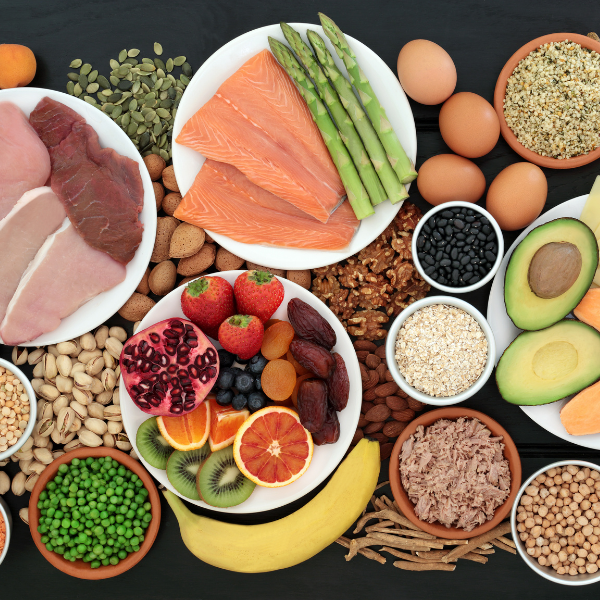A catering menu is the most essential part of the catering business because it is the first thing potential customers will ask for when looking for a catering service. It is what you will present to your customers in their initial consultation, therefore making it your businesses’ selling point. Many caterers advise creating a menu because it is the basis of your establishment. For help in making a catering menu, follow our guidelines on how to add food and price the items on your menu.
What Is The Difference Between A Catering Menu And A Restaurant Menu?

If you’re a restaurant owner looking to implement catering into your establishment, then you can’t just offer your full restaurant menu. A restaurant menu is more complex and can slow down the kitchen. Catering menus are smaller for serving a large number of customers in a fast and efficient manner. If you already have a restaurant menu, consider including your most popular menu items that can be easily transported.
What To Know Before Creating A Catering Menu
In order to begin creating a menu, there are several questions you have to ask yourself. These questions will help you narrow down what type of service you want to provide for customers and the limitations you may have at the event. Once you have your answers, adding on food items and pricing will be a breeze. Take a look at the following questions below.
What Is The Competition Offering?
By looking at the competition, you’ll be able to skip through a lot of work such as researching customers and seeing what ingredients are easily accessible in your area. In other words, let the competition do the work for you. You’ll also be able to see where they range in pricing, giving you an idea of how much customers are willing to pay in your region.
 What Type Of Catering Should I Offer?
What Type Of Catering Should I Offer?
After researching your competition, you’ll be knowledgeable about what type of catering service is popular in your area. If for whatever reason you want to offer something different, take a look at the following types of catering styles and select the services you think will benefit your customers the most.
Types of Catering Services
- Concession Catering
- Corporate Catering
- Wedding Catering
- Social Event Catering
- Restaurant Catering
- Cocktail Reception
- Buffet Catering
- Sit-down Catering
- Take-away Catering
What Type Of Event Is My Customer Hosting?

Sometimes choosing what type of catering service to offer your customer will be a no brainer. For instance, weddings and corporate events will call for wedding and corporate style catering services. However, some events such as family reunions or auctions will be harder to figure out. In this case, you will have to work with your customer to see what type of event they have in mind. Ask customers these two essential questions:
- Is the event formal or informal? Certain styles of catering working for formal events and others don’t. For example, concession catering is perfect for an outdoor event but wouldn’t really work for a wedding.
- How much time do guests have to eat? If the event is only going to last an hour, guests will probably have 30 minutes tops to enjoy a meal. In this type of event, a take-away catering style will make it easy for guests to grab food and enjoy it later just so they don’t feel rushed to finish it in a short span of time.
What Type Of Food Should I Include?
No matter what type of cuisine you add on, the sole requirement for catering food is that it can travel. For example, if you have to travel a long distance to get to the event, you’ll want to stay away from chilled and frozen foods.
As mentioned before, if you already have a brick-and-mortar restaurant it would be wise to create a catering menu that is popular with your customers. However, if you’re solely a catering service you can go down two routes:
- Create Your Menu: This type of menu will feature the same types of dishes for most events. Your menu should include meals that travel well and you believe your team is best at preparing. Although you might feel confident with these dishes, make sure to offer customers samples to make sure they like it as well.
- Create A Customized Menu: With this type of menu, you will need to work with your customer to see what dishes they prefer. A customized menu is very appealing to customers because it ensures that they will eat a meal they and their guests will enjoy.
How Do I Price My Catering Menu?
Catering costs usually include the price for food, service, and any extra fees that can pop up. Depending on the type of catering service you provide, the way you price your menu items can slightly alter. Take a look at the different ways you can price your menu below:
- Fixed Pricing: With this type of pricing system, every food item has a fixed cost. For example, two cupcake trays would cost $20.
- Tiered Pricing: Commonly used for buffets, the more guests that are invited the lower the cost per plate is.
- Custom Pricing: Used with custom catering, you set the price depending on the needs of the customer.
- Markup: This is the charge for time and labor in addition to the cost of the meals.
- Extra Fees: Any extra fees can include extra hours worked, delivery fees, serving fees, setup, and takedown fees. Be sure to make your customer aware of any possible extra fees they might be charged.
Bringing Your Menu To Life
Once you have all of your information gathered, all that’s left is to put it on paper. Make sure you present your menu to customers in a professional manner. Pick a design or theme that matches your type of service and provide customers with a copy. You can also choose to upload it to your company website so that customers can reference it and potential clients can take a look at the type of services you offer. Remember, the menu is the basis of your catering company, it is what will have customers flocking to your establishment and allow you to become a successful business owner.








